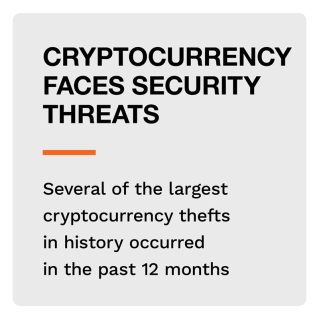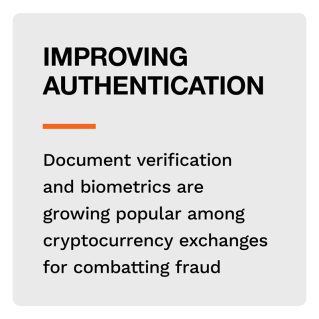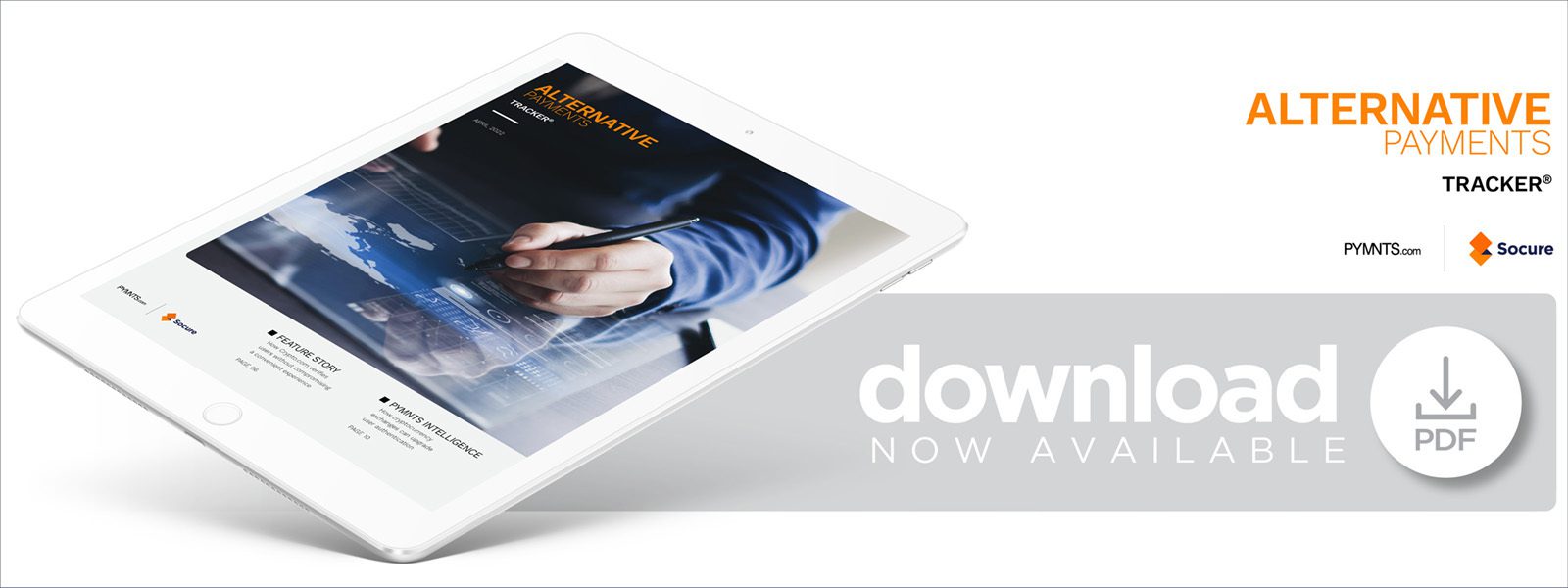Crypto.com Uses Biometrics, Wallet White-Listing to Weed Out Bad Actors

Cryptocurrency has been a never-ending roller coaster since its introduction more than a decade ago, seeing extreme highs and lows in value to its investors’ surprise, delight and dismay. As of 2022, it has seen more mainstream recognition than ever before, with A-list celebrities endorsing it in Super Bowl commercials and non-fungible tokens (NFTs) selling for hundreds of thousands of dollars.
This mainstream acceptance belies its still-considerable security risks, however. The United Kingdom, for example, saw more than £146 million ($199 million) stolen in cryptocurrency heists in 2021 alone, a 30% jump from 2020. Stopping this fraud will require diligent user authentication and know your customer (KYC) protocols, but many cryptocurrency exchanges have a long way to go on this front. More than half of all exchanges have no sort of KYC system in place, and even those that do often find their security systems sorely lacking.
More seamless and effective authentication methods are necessary to curb fraud and allow cryptocurrency to safely grow in value and popularity. Some exchanges are moving the authentication step to the time of transactions rather than sign-up, while others are deploying new techniques like biometrics. Any action can make a positive difference in a system that has traditionally been opposed to authentication and verification of any type.
In the latest “Alternative Payments Tracker®,” PYMNTS examines how fraudsters attempt to scam cryptocurrency exchanges, merchants and their customers and explores how user authentication systems can help businesses reduce fraud without introducing frictions into the customer experience.
Around the Alternative Payments Space
 Cryptocurrency is now a hot topic in households across the U.S., and the scams associated with it are growing increasingly perilous. The Better Business Bureau (BBB) recently announced that cryptocurrency scams were the second-riskiest type in 2021 behind online purchase schemes. The average dollar loss in each scam hit $1,200 last year, far surpassing an average of just $169 per incident in 2020 when such scams were ranked the seventh-riskiest. The BBB said that 66% of consumers targeted by cryptocurrency scams lost money, with most bad actors perpetrating schemes that promised consumers a high return on investment. Many fraudsters leveraged social media to pitch these false investments, typically hacking into accounts and scamming the users’ online friends.
Cryptocurrency is now a hot topic in households across the U.S., and the scams associated with it are growing increasingly perilous. The Better Business Bureau (BBB) recently announced that cryptocurrency scams were the second-riskiest type in 2021 behind online purchase schemes. The average dollar loss in each scam hit $1,200 last year, far surpassing an average of just $169 per incident in 2020 when such scams were ranked the seventh-riskiest. The BBB said that 66% of consumers targeted by cryptocurrency scams lost money, with most bad actors perpetrating schemes that promised consumers a high return on investment. Many fraudsters leveraged social media to pitch these false investments, typically hacking into accounts and scamming the users’ online friends.
Cryptocurrency has become so mainstream that the White House is exploring regulatory measures for the first time. President Joe Biden recently issued an executive order to introduce a regulatory strategy for addressing its potential risks. The order directs the U.S. Department of Commerce to develop a comprehensive framework for cryptocurrency regulation and supports the Federal Reserve’s current research into creating a U.S.-backed cryptocurrency. The order currently has no actionable effects but launches a regulatory process that will likely take years to develop.
For more on these and other stories, visit the Tracker’s News and Trends.
How Crypto.com Verifies Users Without Compromising a Convenient Experience
Cryptocurrencies are more widespread than ever before, having grown from a speculative investment to a currency used for many types of purchases. Serious concerns remain about the security and fraud issues surrounding cryptocurrency, however, such as account takeovers, money laundering and a range of other complications.
 In this month’s Feature Story, PYMNTS talked with Eric Anziani, chief operating officer at Crypto.com, about why enhanced cybersecurity measures will be critical to promoting more widespread use of cryptocurrency.
In this month’s Feature Story, PYMNTS talked with Eric Anziani, chief operating officer at Crypto.com, about why enhanced cybersecurity measures will be critical to promoting more widespread use of cryptocurrency.
How Cryptocurrency Exchanges Can Improve Their User Authentication
The number of cryptocurrencies on the market has risen from 66 in 2013 to 7,557 in 2021, with individuals transacting from their phones, personal computers or from the nearly 34,000 cryptocurrency ATMs scattered around the world. However, this massive shift can downplay the serious security concerns that still exist in the cryptocurrency field. The U.K. alone saw more than £146 million ($192 million) lost to cryptocurrency fraud last year, for example.
This month’s PYMNTS Intelligence explores the scope of the cryptocurrency fraud threat and why a new security approach could more effectively protect users.
About the Tracker
In the “Alternative Payments Tracker®,” a Socure collaboration, PYMNTS explores the latest in the world of alternative payment method authentication, including the growing popularity of buy now, pay later (BNPL), the fraud threats facing the industry and how companies are fighting back against fraud via user authentication tools.
